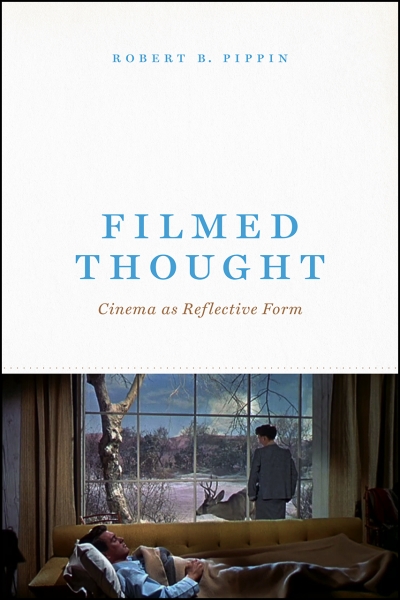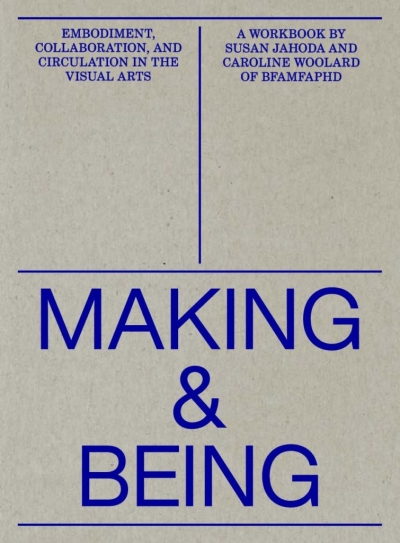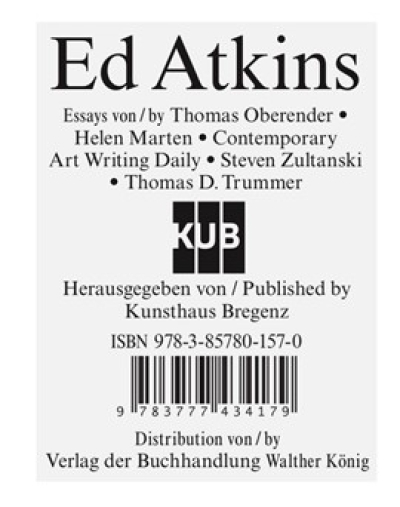
Ursula Bogner. Pluto hat einen Mond
Vinyl. 7 inch. Limited edition of 300 copies
Seite A:
Photosphaere (1:39)
Rhythmus 80 (2:15)
Seite B:
Synchronton 2 (2:34)
Expansion (Version) (1:55)
Although her musical work was the work of a pioneer, Ursula Bogner has been an unknown artist for a long time. Until in 2008 her work was rediscovered by fortunate coincidences and now - step by step - it becomes available for the public. Her works for Synthesizers could have been groundbreaking. This 7inch, released in a small edition of 300 copies, contains 4 tracks. It was released to tie in with an exhibtion about Bogner's work, sketches, notations at the Laura Mars Gallery, Berlin, in mid-December 2009.
Ursula Bogner wurde 1946 in Dortmund geboren. Nach dem Umzug ins damalige Westberlin studierte sie Pharmazie. Es folgten Heirat und Kinder, sowie eine erfolgreiche Karriere als wissenschaftliche Mitarbeiterin im Konzern Schering. Parallel dazu wuchs ihr Interesse an elektronischer Musik.
Sie begeisterte sich für die Aktivitäten des Kölner Studios für elektronische Musik, besuchte Mitte der 1960er Jahre Seminare bei dessen Begründer Herbert Eimert, beschäftigte sich intensiv mit der Musique concrète und teilte später mit ihren Kindern eine Liebe zu englischem New Wave. Doch Ursula Bogner war nie aktiver Bestandteil einer Szene, schien nicht ambitioniert, ihre Musik einer Öffentlichkeit zugängig machen zu wollen. Vielleicht war dies verschuldet durch eine Neugier, die sich bei weitem nicht auf die Musik beschränkte: Sie zeichnete, erstellte Linoldrucke und war Anhängerin der Orgonomie Wilhelm Reichs, des bizarren Spätwerks des Sexualforschers und Psychoanalytikers, dessen Erkenntnis in der Entdeckung der „Orgonenergie“ lag. Ihr Interesse an der Orgonomie veranlasste sie unter anderem dazu, einen Orgonakkumulator zu konstruieren, mit dessen Hilfe sie jene Energie einzusammeln versuchte.
Ihre Aufnahmen elektronischer Musik blieben auch nach Ursula Bogners Tod (1994) ungehört, bis der Berliner Musiker Jan Jelinek durch einen Zufall auf sie aufmerksam wurde und Teile ihres Werks 2008 auf »Recordings 1969-1988« (CD/LP, Faitiche01) posthum veröffentlichte.
Die Ausstellung Pluto hat einen Mond bei Laura Mars Grp. ist somit die erste umfassende Werkschau der Künstlerin Ursula Bogner und zeigt schwerpunktmäßig Zeichnungen, die im Zusammenhang mit ihren Kompositionen entstanden sind. Diese "Partituren" beinhalten Skizzen, Handlungsanweisungen und Pläne zur Vorbereitung ihrer kompositorischen Arbeiten. Im Sinne der Dokumentation der Künstlerin sind außerdem wissenschaftliche Fotografien aus Bogners Fotoalbum aus den 60er und 70er Jahren zu sehen: Aufnahmen von Fussstapfen auf dem Mond, mikroskopischen Oberflächen und Ammoniten, sowie Notizkarten, auf denen sie Begrifflichkeiten und Gedanken aus ihrem orgonomischen Kosmos festhielt.
http://kunst-blog.com/show.php?exhibit=3147

































































































